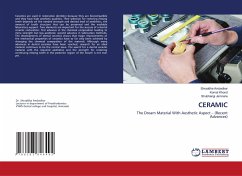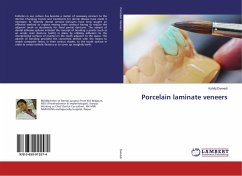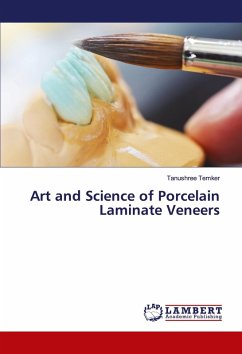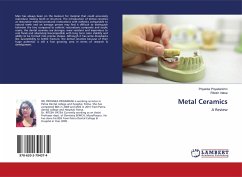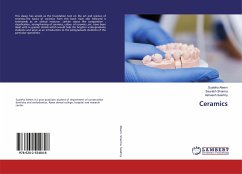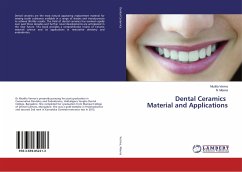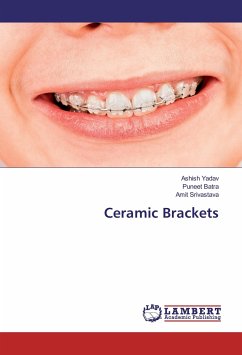Ceramics are used in restorative dentistry because they are biocompatible and they have high aesthetic qualities. Their selection for restoring missing teeth depends on the needed strength and desired level of aesthetics, the amount of tooth structure that can be preserved and the available laboratory support. Two elements are important for the success of a dental ceramic restoration: first advance in the chemical composition leading to more strength but less aesthetic; second advance in fabrication methods. The developments of dental ceramics shows that major improvements of the mechanical properties of ceramics have so far only been achieved by changing the chemical composition of the material. Although many advances in dental ceramics have been reached, research for an ideal material continues to be the central issue. The search for a dental ceramic material with the required aesthetics and the strength for restoring continuing missing teeth in the posterior region of the mouth is not over yet.
Bitte wählen Sie Ihr Anliegen aus.
Rechnungen
Retourenschein anfordern
Bestellstatus
Storno

